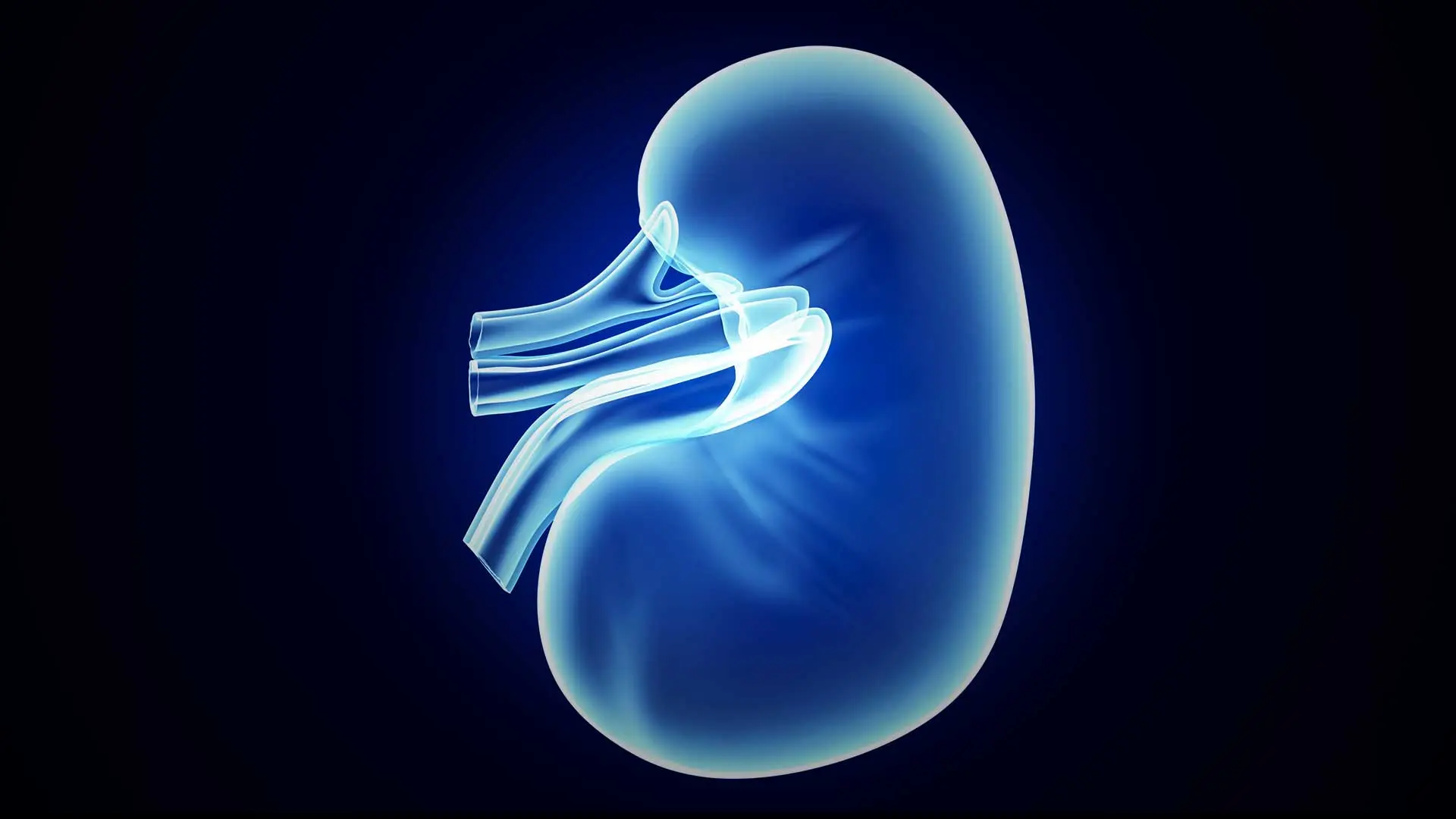As the first Mount Sinai surgeon to perform robotic multiport living donor nephrectomy (LDN), Michael Palese, MD, has played a key role in advancing the standard of care for patients undergoing this procedure. Now he is helping to take this technology to the next level as one of the first surgeons in the world to adopt the da Vinci SP (Single Port) robotic system for living donor nephrectomies.
“Single port is a newer modality that I have used for kidney surgery and prostate surgery,” says Dr. Palese, Professor of Urology at the Icahn School of Medicine at Mount Sinai. “The advantage of this approach versus multiport surgery for LDN is that I can perform the procedure using one incision, which is not only more cosmetically appealing for patients but also potentially offers added pain control and a quicker recovery.”
Using the single-port system, Dr. Palese, Director of Minimally Invasive Surgery, is typically able to perform LDN through a 3-centimeter incision. Although there are some limitations with the single-port platform, Dr. Palese indicates the ability to move the robot arms in all quadrants of the abdomen without redocking is particularly advantageous, as is the fact that the technology effectively delivers a 360-degree view of the operative field.
“As the technology continues to evolve, I suspect the level of complexity of cases will also expand,” he says. “Eventually we will be able to offer most, if not all, surgeries through a truly minimally invasive approach in the future.”
Early lessons learned from performing successful single-port robotic-assisted partial nephrectomy (SP-RAPN) have guided the donor nephrectomy approach.
A review of initial partial nephrectomy cases revealed the mean tumor size among this cohort was 3.1 ± 2.2 cm and the procedure averaged 172 ± 41 min, with an estimated blood loss of 68 ± 75 ml. All cases had a warm ischemia time < 25 min. Tumor pathology included 8 RCC (6 pT1a, 1 pT1b, 1 pT2a), 2 AML, and 2 oncocytoma. There were no complications.
Dr. Palese shared these findings at the American Urologic Association’s 2021 Annual Meeting and the World Congress of Endourology 2021, and in an article titled “Single-port robotic-assisted partial nephrectomy: initial clinical experience and lessons learned for successful outcomes,” which was published in April 2021 in the Journal of Robotic Surgery. Dr. Palese is now gathering data from a larger series of patients.
Dr. Palese’s initial outcomes for robotic single-port donor nephrectomy will also be published in the Journal of Laparoscopic & Robotic Surgeons in early 2022.
These initial findings have garnered increased interest in the single-port approaches both from donors and other urologists. Dr. Palese hopes to accommodate requests from surgeons to observe, evaluate, and learn the approach from him. In the meantime, he is interested in exploring other opportunities to apply the single-port approach for the benefit of urology patients.
“As the technology continues to evolve, it will enable us to do more complex reconstructive and oncologic procedures,” he says. “That means we can discharge patients much quicker, in some cases potentially the same day as opposed to the next day. There are the advantages we continue to build on to offer patients an ideal surgical platform.”

Kidney function for transplant recipients who received kidneys via single port donor nephrectomy
Featured

Michael A. Palese, MD
Professor of Urology and Director of Minimally Invasive Surgery
